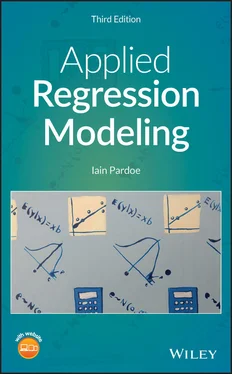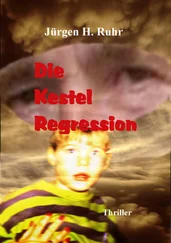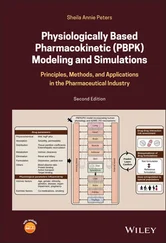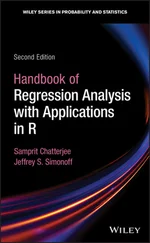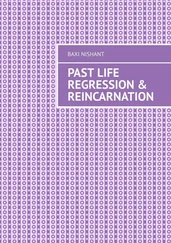As a financial analyst, you review a variety of financial data, such as price/ earnings ratios and dividend yields, to guide investment recommendations. How might statistics be used to help you make buy, sell, or hold recommendations for individual stocks?By comparing statistical information for an individual stock with information about stock market sector averages, you can draw conclusions about whether the stock is overvalued or undervalued. Statistics is used for both “technical analysis” (which considers the trading patterns of stocks) and “quantitative analysis” (which studies economic or company‐specific data that might be expected to affect the price or perceived value of a stock).
You are a brand manager for a retailer and wish to gain a better understanding of the association between promotional activities and sales. How might statistics be used to help you obtain this information and use it to establish future marketing strategies for your brand?Electronic scanners at retail checkout counters and online retailer records can provide sales data and statistical summaries on promotional activities such as discount pricing and the use of in‐store displays or e‐commerce websites. Statistics can be used to model these data to discover which product features appeal to particular market segments and to predict market share for different marketing strategies.
As a production manager for a manufacturer, you wish to improve the overall quality of your product by deciding when to make adjustments to the production process, for example, increasing or decreasing the speed of a machine. How might statistics be used to help you make those decisions?Statistical quality control charts can be used to monitor the output of the production process. Samples from previous runs can be used to determine when the process is “in control.” Ongoing samples allow you to monitor when the process goes out of control, so that you can make the adjustments necessary to bring it back into control.
As an economist, one of your responsibilities is providing forecasts about some aspect of the economy, for example, the inflation rate. How might statistics be used to estimate those forecasts optimally?Statistical information on various economic indicators can be entered into computerized forecasting models (also determined using statistical methods) to predict inflation rates. Examples of such indicators include the producer price index, the unemployment rate, and manufacturing capacity utilization.
As general manager of a baseball team with limited financial resources, you'd like to obtain strong, yet undervalued players. How might statistics help you to do this?A wealth of statistical information on baseball player performance is available, and objective analysis of these data can reveal information on those players most likely to add value to the team (in terms of winning games) relative to a player's cost. This field of statistics even has its own name, sabermetrics.
What is this book about?This book is about the application of statistical methods, primarily regression analysis and modeling, to enhance decision‐making. Regression analysis is by far the most used statistical methodology in real‐world applications. Furthermore, many other statistical techniques are variants or extensions of regression analysis, so once you have a firm foundation in this methodology, you can approach these other techniques without too much additional difficulty. In this book we show you how to apply and interpret regression models, rather than deriving results and formulas (there is no calculus in the book).
Why are non‐math major students required to study statistics?In many aspects of modern life, we have to make decisions based on incomplete information (e.g., health, climate, economics, business). This book will help you to understand, analyze, and interpret such data in order to make informed decisions in the face of uncertainty. Statistical theory allows a rigorous, quantifiable appraisal of this uncertainty.
How is the book organized? Chapter 1reviews the essential details of an introductory statistics course necessary for use in later chapters. Chapter 2covers the simple linear regression model for analyzing the linear association between two variables (a “response” and a “predictor”). Chapter 3extends the methods of Chapter 3to multiple linear regression where there can be more than one predictor variable. Chapters 4 and 5 provide guidance on building regression models, including transforming variables, using interactions, incorporating qualitative information, and diagnosing problems. Chapter 6 ( www.wiley.com/go/pardoe/AppliedRegressionModeling3e) contains three case studies that apply the linear regression modeling techniques considered in this book to examples on real estate prices, vehicle fuel efficiency, and pharmaceutical patches. Chapter 7 ( www.wiley.com/go/pardoe/AppliedRegressionModeling3e) introduces some extensions to the multiple linear regression model and outlines some related topics. The appendices contain a list of statistical software that can be used to carry out all the analyses covered in the book, a t‐table for use in calculating confidence intervals and conducting hypothesis tests, notation and formulas used throughout the book, a glossary of important terms, a short mathematics refresher, a tutorial on multiple linear regression using matrices, and brief answers to selected problems.
What else do you need?The preferred calculation method for understanding the material and completing the problems is to use statistical software rather than a statistical calculator. It may be possible to apply many of the methods discussed using spreadsheet software (such as Microsoft Excel), although some of the graphical methods may be difficult to implement and statistical software will generally be easier to use. Although a statistical calculator is not recommended for use with this book, a traditional calculator capable of basic arithmetic (including taking logarithmic and exponential transformations) will be invaluable.
What other resources are recommended?Good supplementary textbooks (some at a more advanced level) include Chatterjee and Hadi (2013), Dielman (2004), Draper and Smith (1998), Fox (2015), Gelman et al. (2020), Kutner et al. (2004), Mendenhall and Sincich (2020), Montgomery et al. (2021), Ryan (2008), and Weisberg (2013).
About the Companion Website
This book is accompanied by a companion website for Instructors and Students:
www.wiley.com/go/pardoe/AppliedRegressionModeling3e
Datasets used for examples
R code
Presentation slides
Statistical software packages
Chapter 6 – Case studies
Chapter 7 – Extensions
Appendix A – Computer Software help
Appendix B – Critical values for t-distributions
Appendix C – Notation and formulas
Appendix D – Mathematics refresher
Appendix E – Multiple Linear Regression Using Matrices
Appendix F – Answers for selected problems
Instructor's manual
This chapter provides a brief refresher of the main statistical ideas that are a useful foundation for the main focus of this book, regression analysis, covered in subsequent chapters. For more detailed discussion of this material, consult a good introductory statistics textbook such as Freedman et al. (2007) or Moore et al. (2018). To simplify matters at this stage, we consider univariate data, that is, datasets consisting of measurements of a single variable from a sample of observations. By contrast, regression analysis concerns multivariate data where there are two or more variables measured from a sample of observations. Nevertheless, the statistical ideas for univariate data carry over readily to this more complex situation, so it helps to start out as simply as possible and make things more complicated only as needed.
Читать дальше
